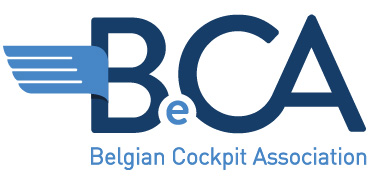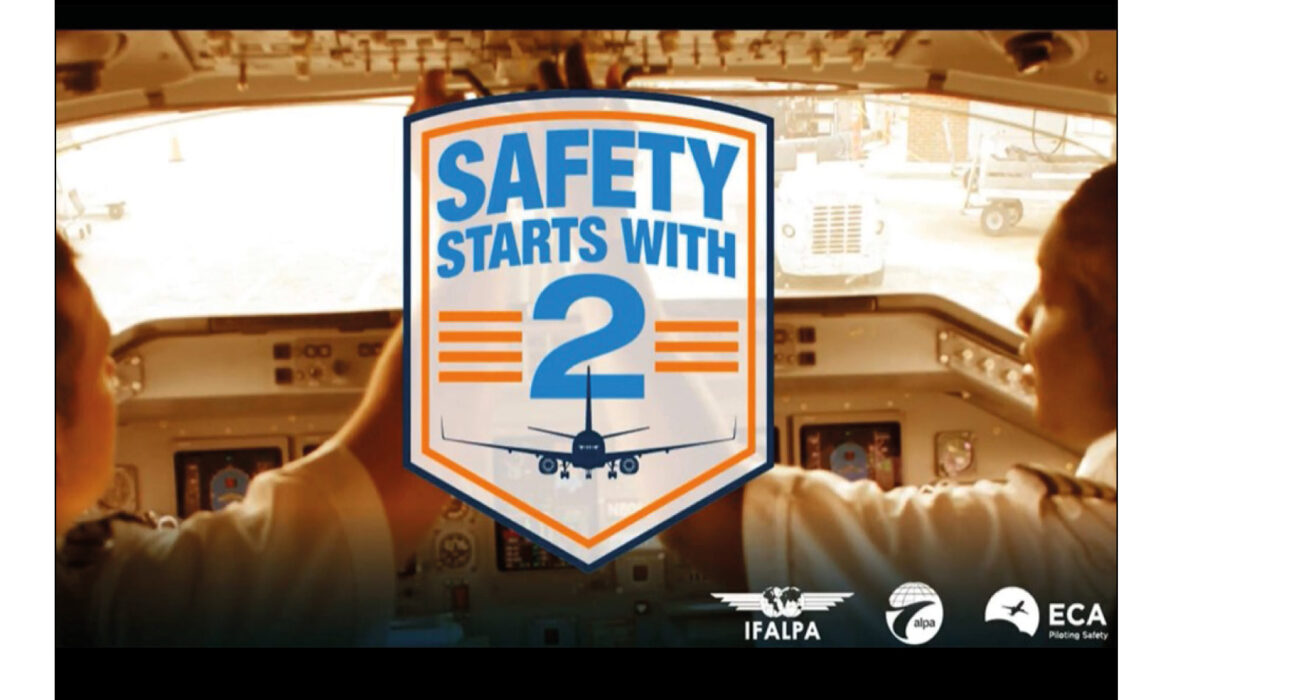Dear fellow aviators,
In the dynamic world of commercial aviation, quite often safety stands against short term economic benefits.
Yet, in recent discussions regarding cost-cutting measures, EASA is -under pressure of Airbus and Dassault- looking at operating commercial airliners with less than two competent pilots at the controls.
The idea would be applicable to long haul flights that are currently operated with augmented crew.
Instead of flying with three or four pilots to a faraway destination, RCO wants to reduce this to only two flight crew.
Both would be in the cockpit for takeoff and landing. During cruise, in-flight rest would leave only one pilot in the cockpit! Initially this would impact A350-crew, but once established, it would set an undesirable trend.
On this International Pilot Day, multiple pilot associations worldwide, including BeCA would like to raise concerns about this RCO-concept!
Let’s delve into why this idea poses significant risks to aviation safety.
First and foremost, the cockpit is a high-pressure environment where split-second decisions can mean the difference between a successful flight and a catastrophe. Having two competent pilots onboard allows for effective workload management and collaboration. Each pilot brings a unique perspective and skill set to the table, enhancing our ability to navigate complex situations and mitigate risks. From managing emergencies to navigating adverse weather conditions, the presence of a second pilot serves as a crucial safety net.
Furthermore, the concept of Crew Resource Management (CRM) underscores the importance of effective communication and teamwork in the cockpit. With two pilots, there is a built-in system of checks and balances, reducing the likelihood of errors due to fatigue, stress, or distraction. We have come so far in CRM; can we accept to throw it all overboard?
In situations where one pilot may be incapacitated or unable to perform their duties, having a second pilot ensures continuity of operations and enables swift decision-making. As a example: just think about the very human urge to use the bathroom? For our members currently flying in augmented cockpits: How often did you -jetlagged- see time passing by in the bunk without closing an eye, only to become tired when you’re back in your cockpit seat? Closing your eyes for a small controlled rest won’t be a possibility anymore in this RCO-cockpit.
Moreover, consider the role of automation in modern aircraft. While technological advancements have undoubtedly enhanced safety and efficiency, they are not infallible. Instances of automation failure or unexpected system malfunctions can occur, requiring human intervention. We’ve all said at least once: ‘what is he doing now!’With two competent pilots at the helm, there is a higher likelihood of identifying and resolving such issues promptly, minimising potential disruptions to the flight.
In conclusion, the proposition of operating commercial airliners with less than two competent pilots poses significant safety concerns. As Belgian airline pilots, our commitment to safety should never waver. By maintaining the two-pilot-in-cockpit standard, we uphold the highest standards of aviation safety and ensure the well-being of all those who entrust us with their journey through the skies.
Currently pilots working for airlines based in Belgium may not be affected by the Reduced Crew Operations project from Airbus, because they are not performing A350 ultra long haul flights. But this battle will sooner or later extend to shorter flights and other types.
Fly safe, stay vigilant, and never underestimate the power of two.
The BeCA Committee


